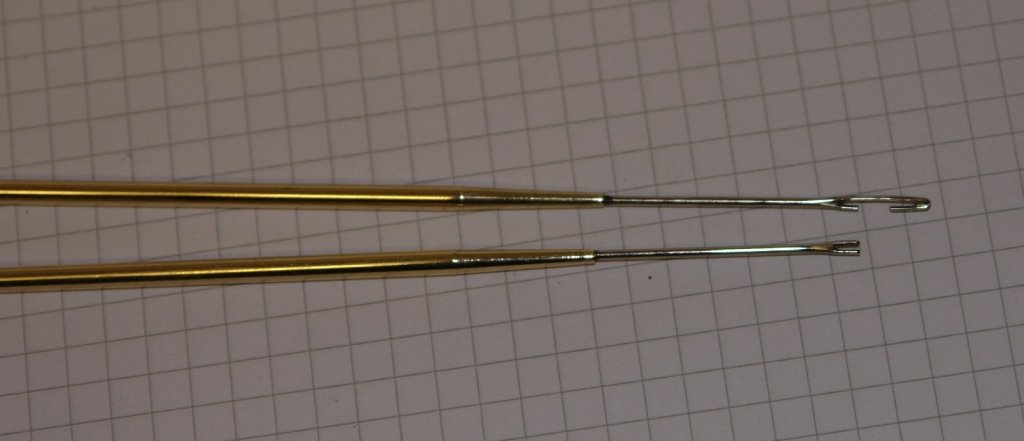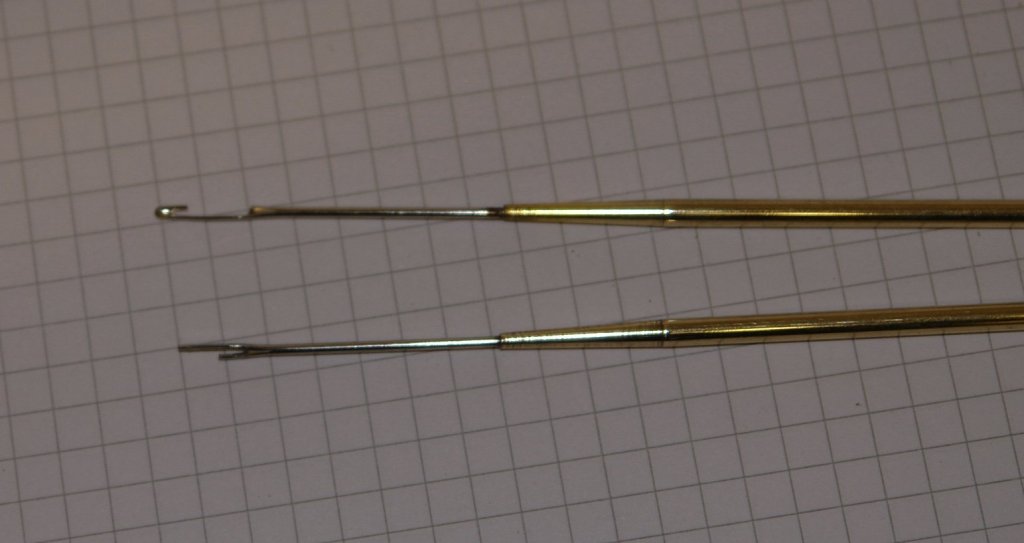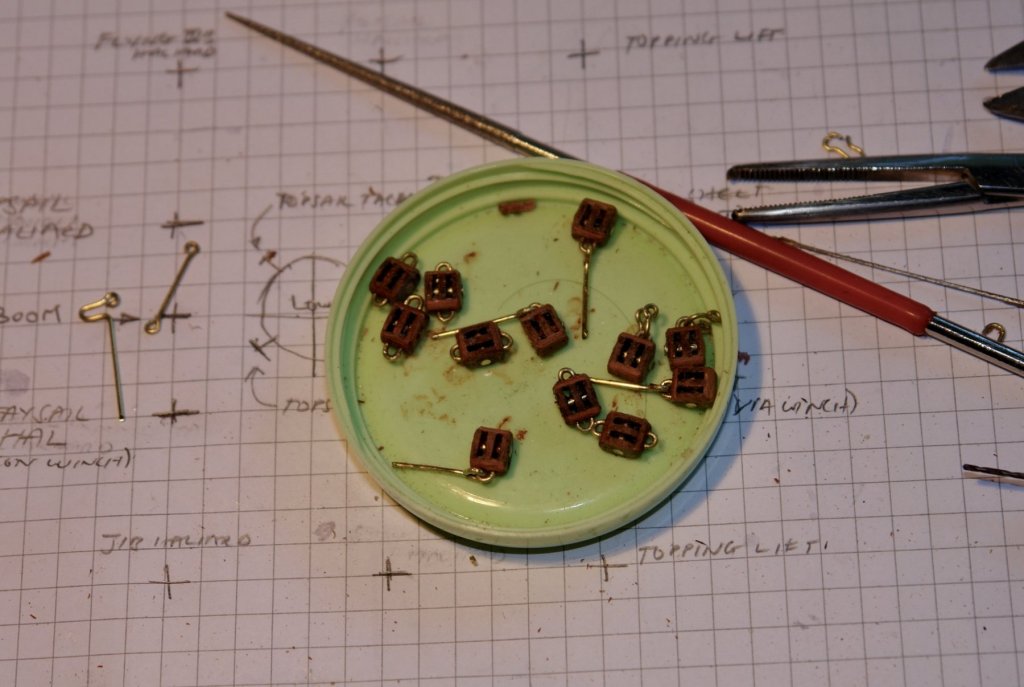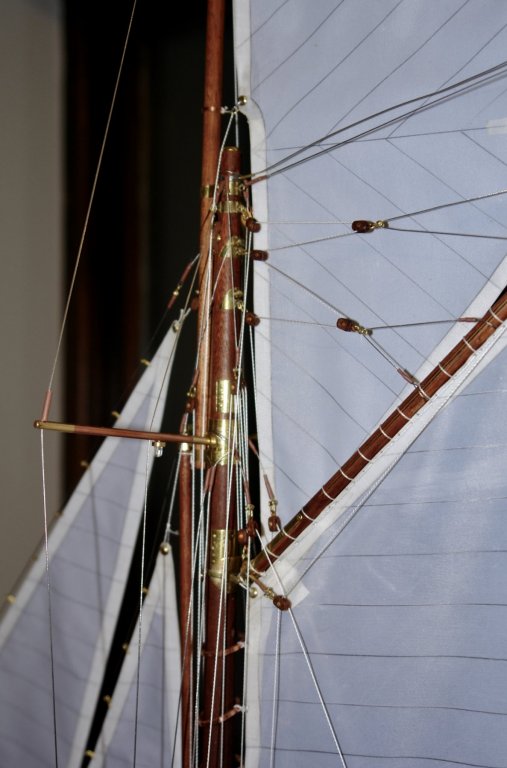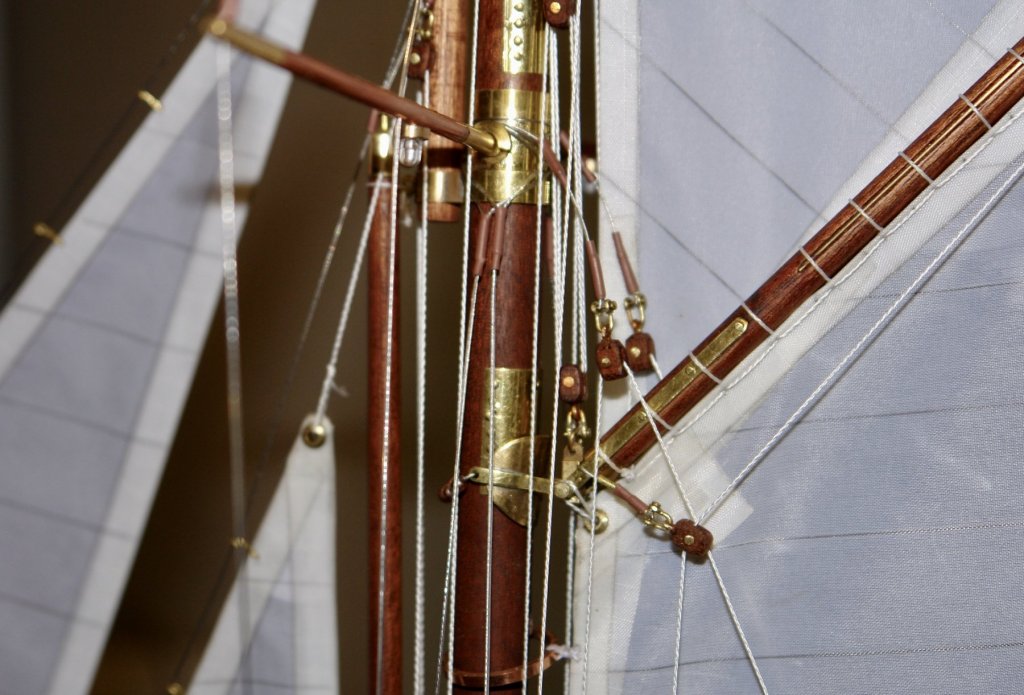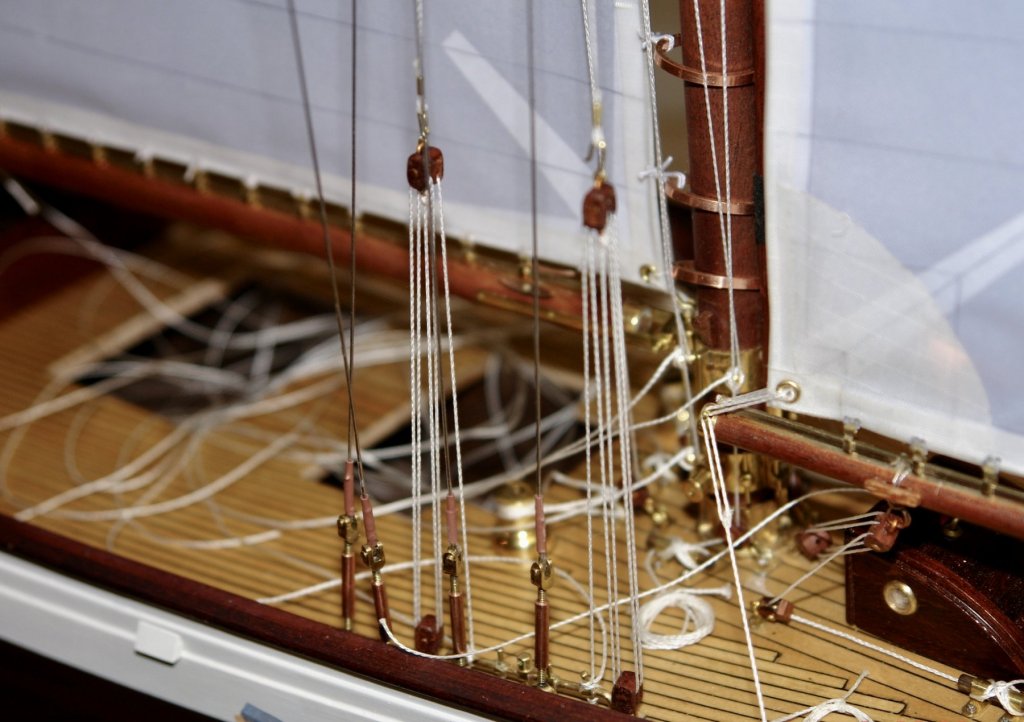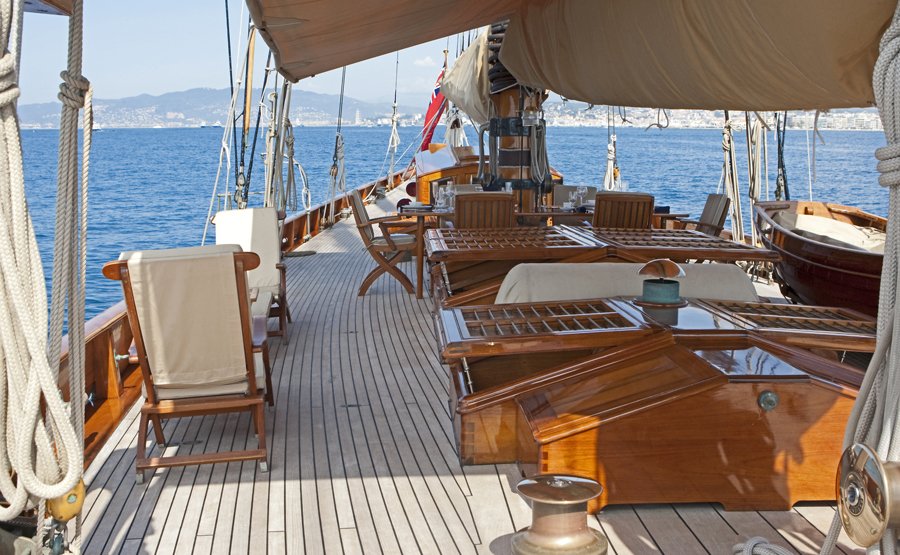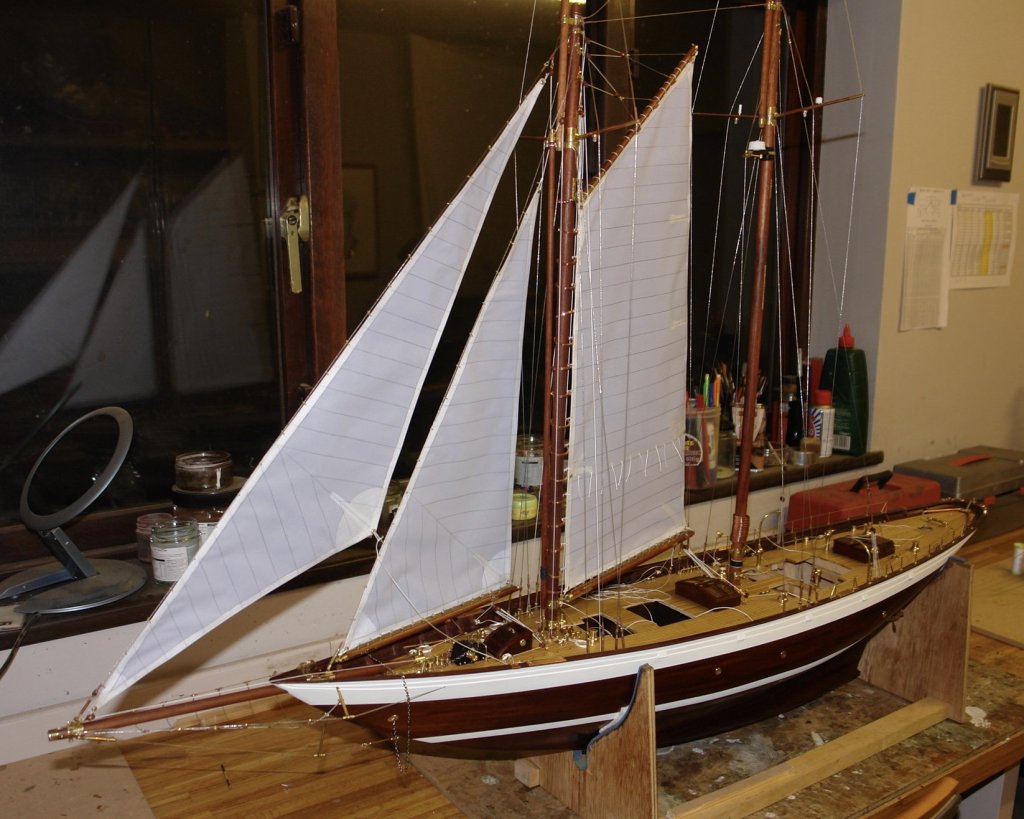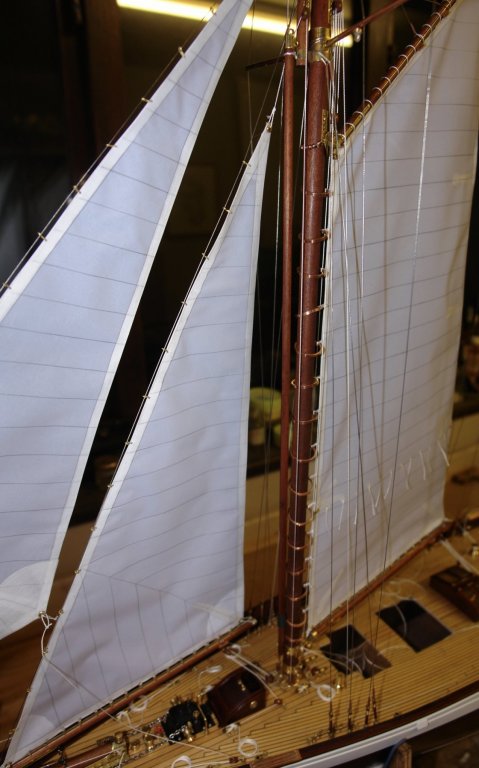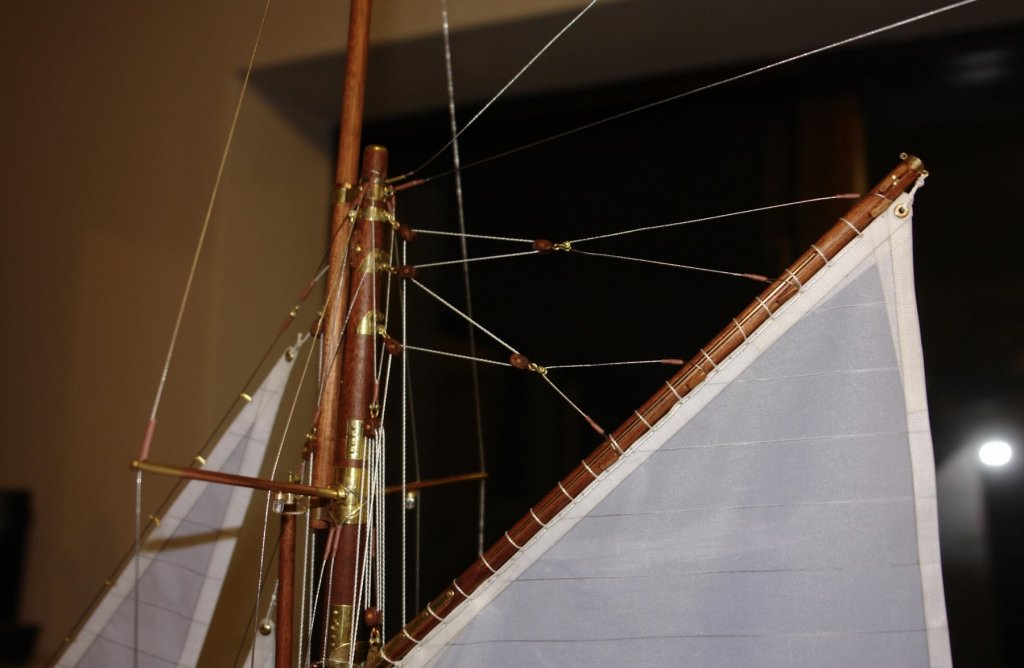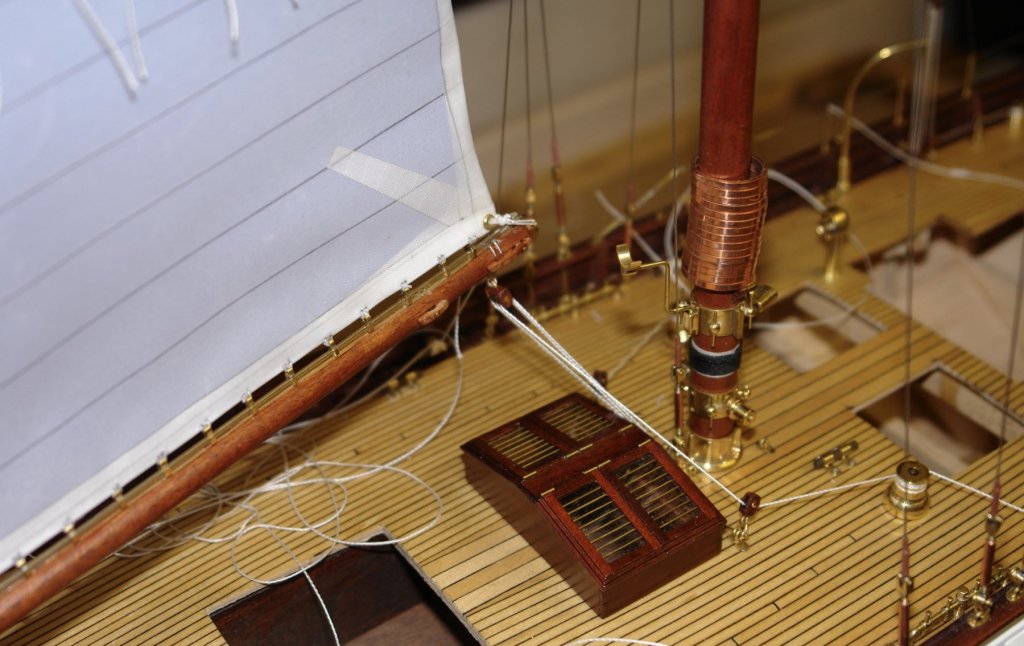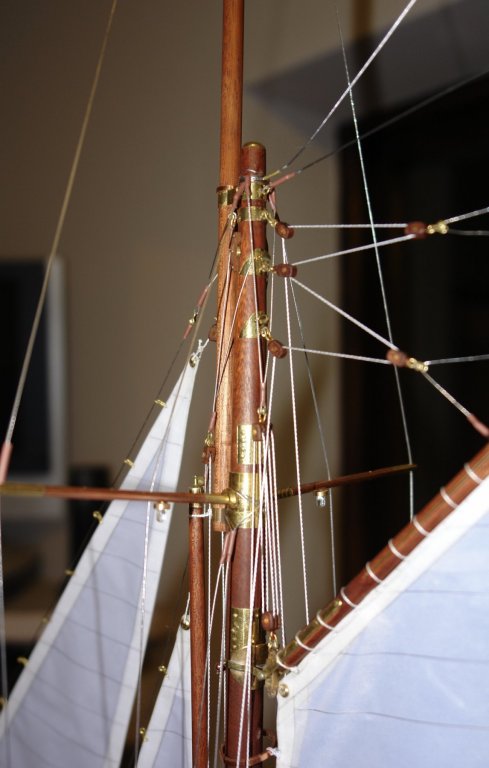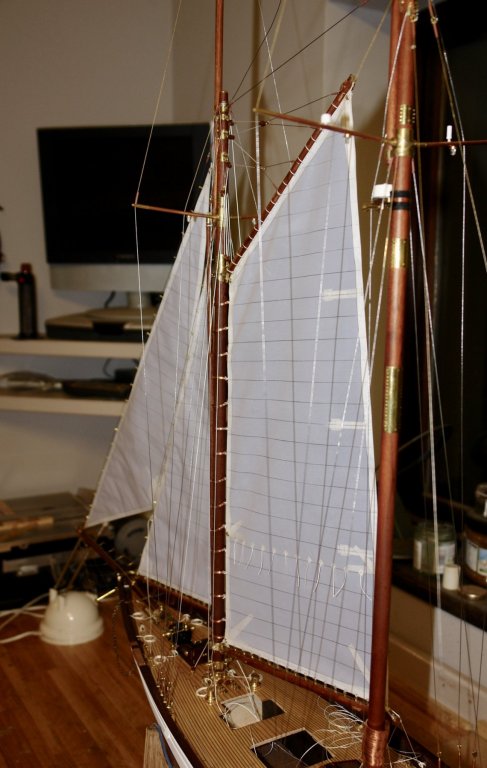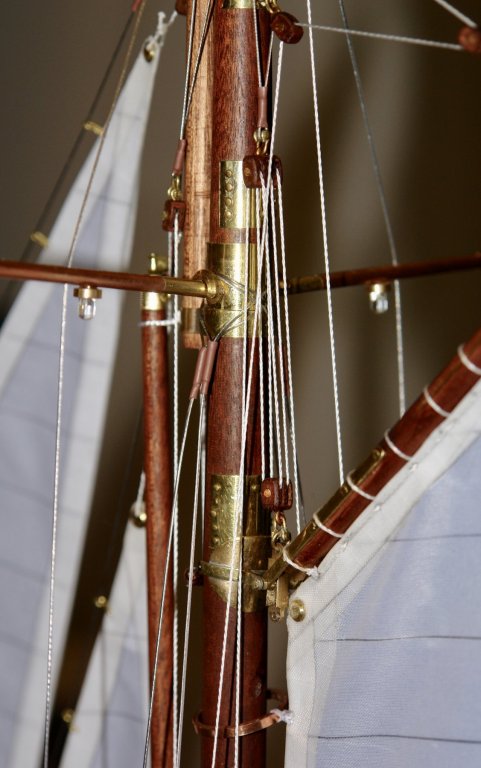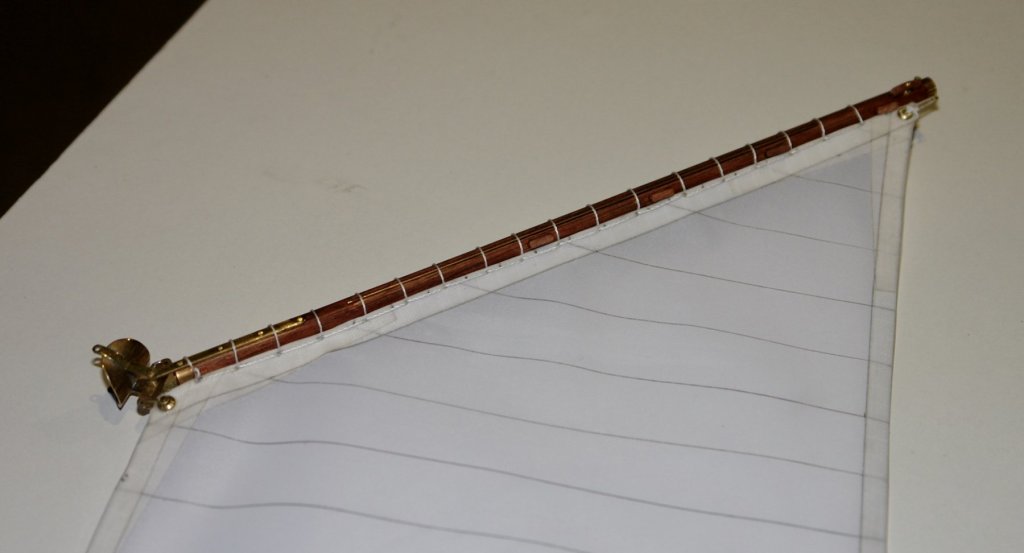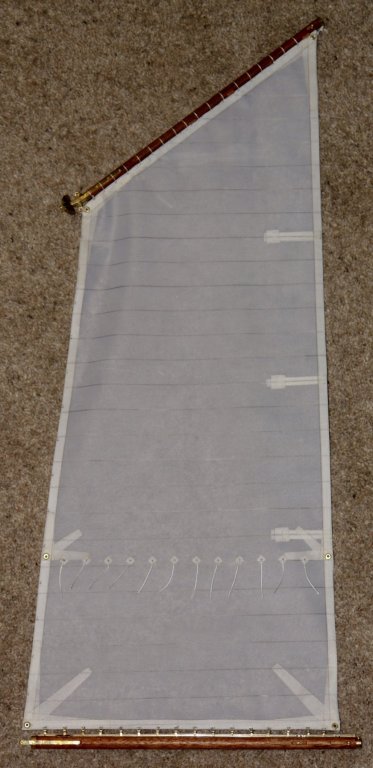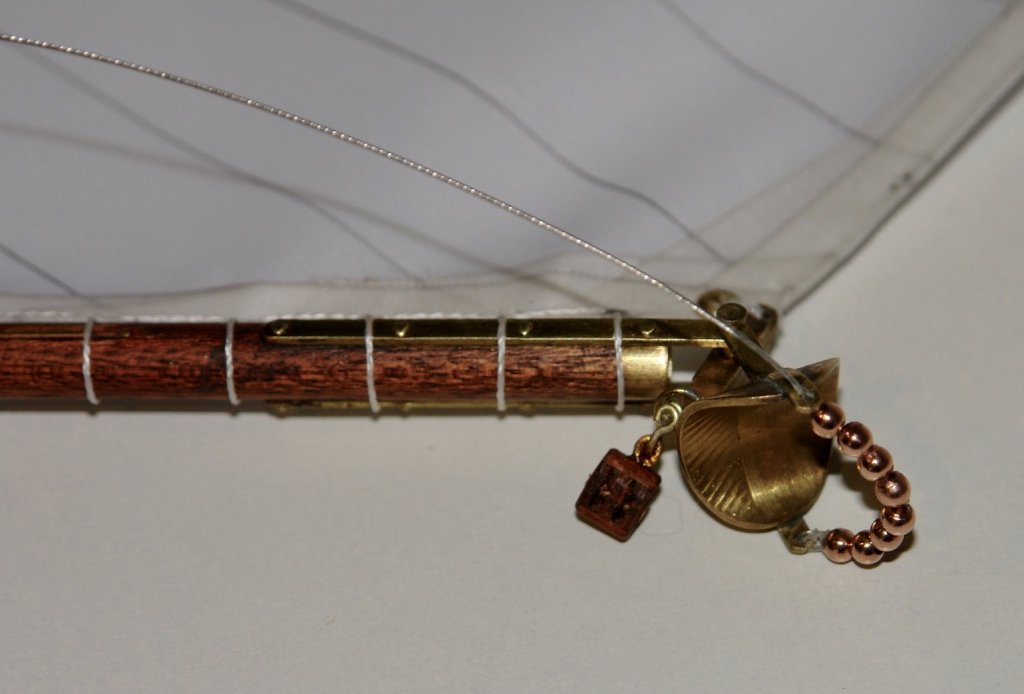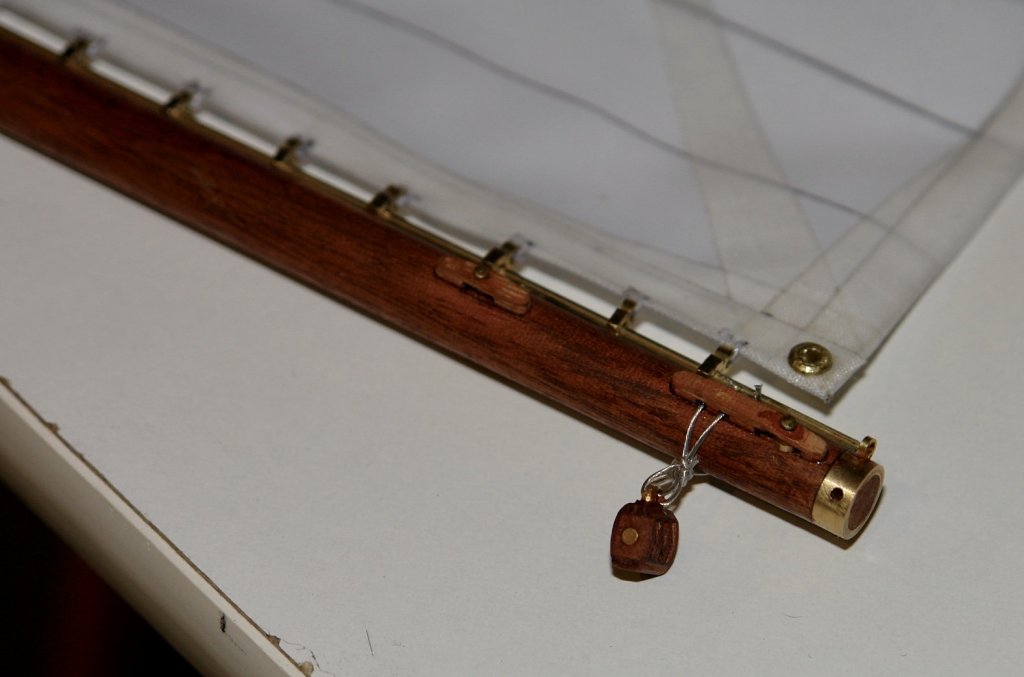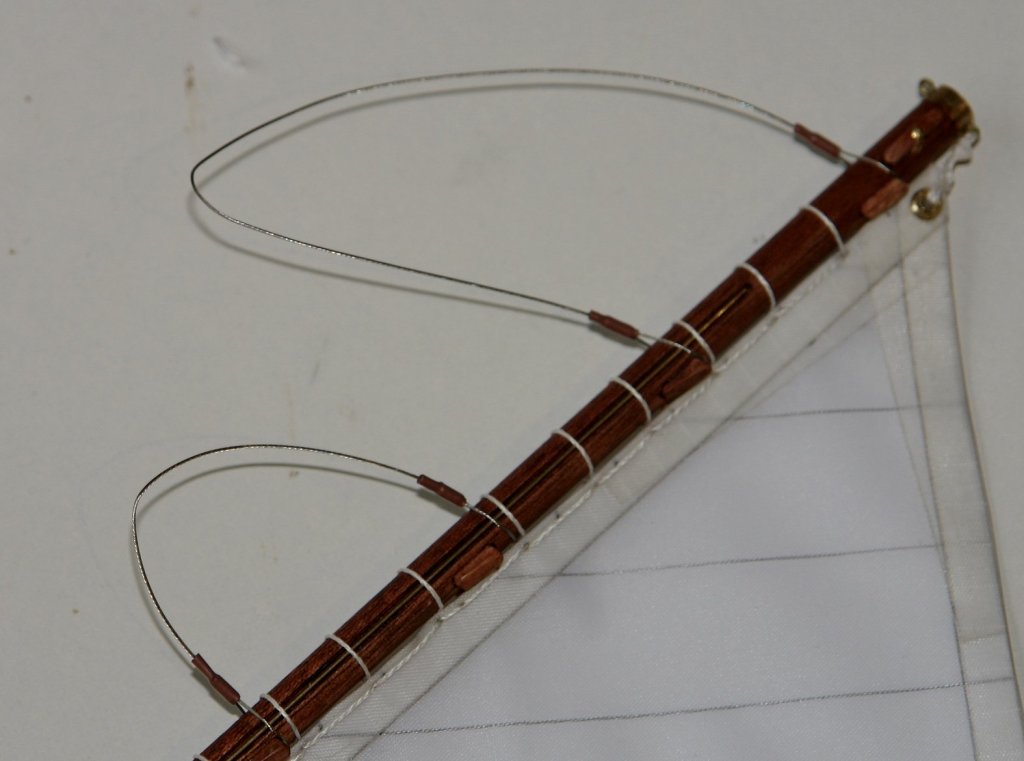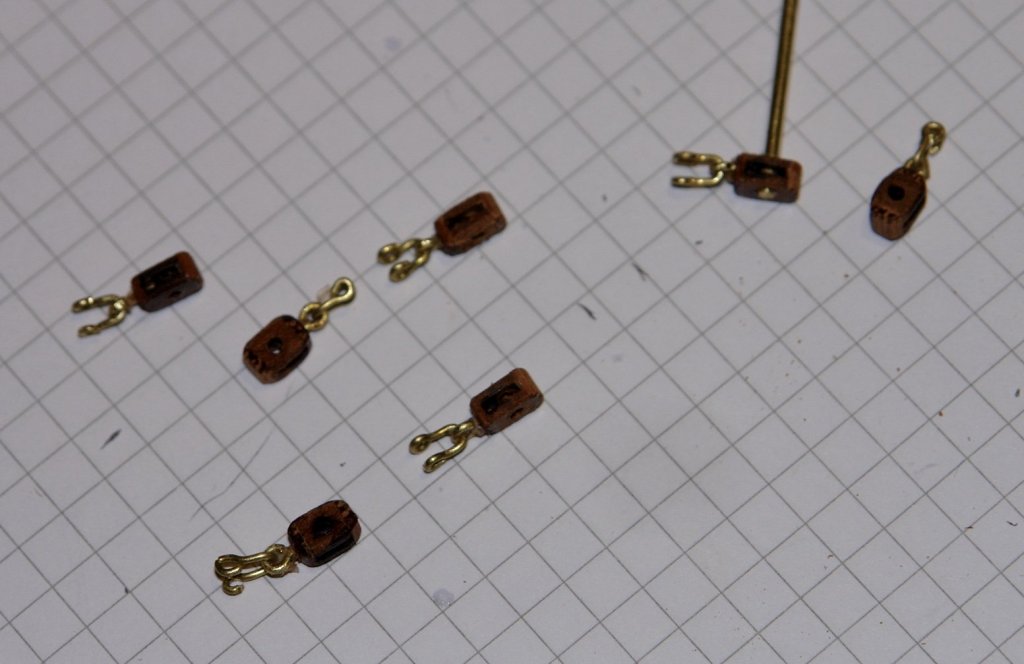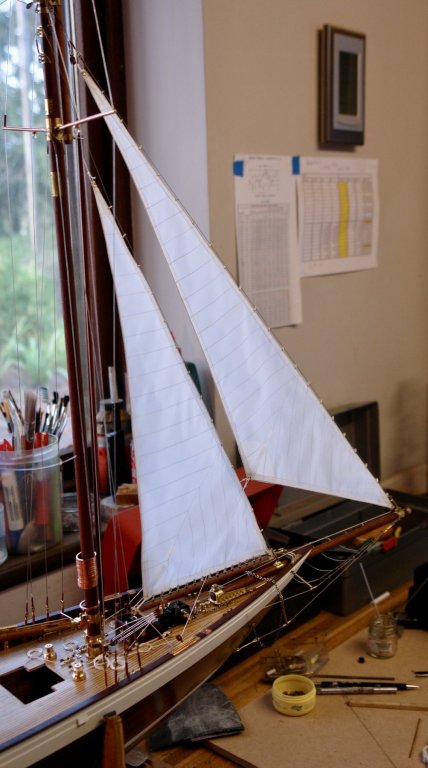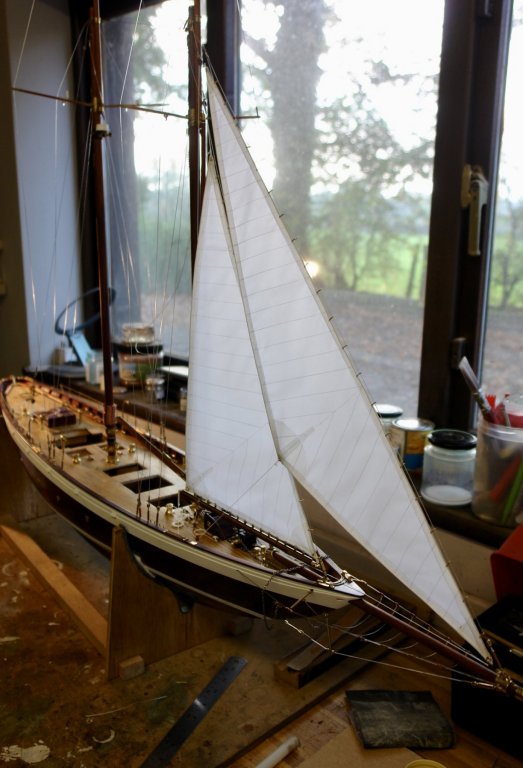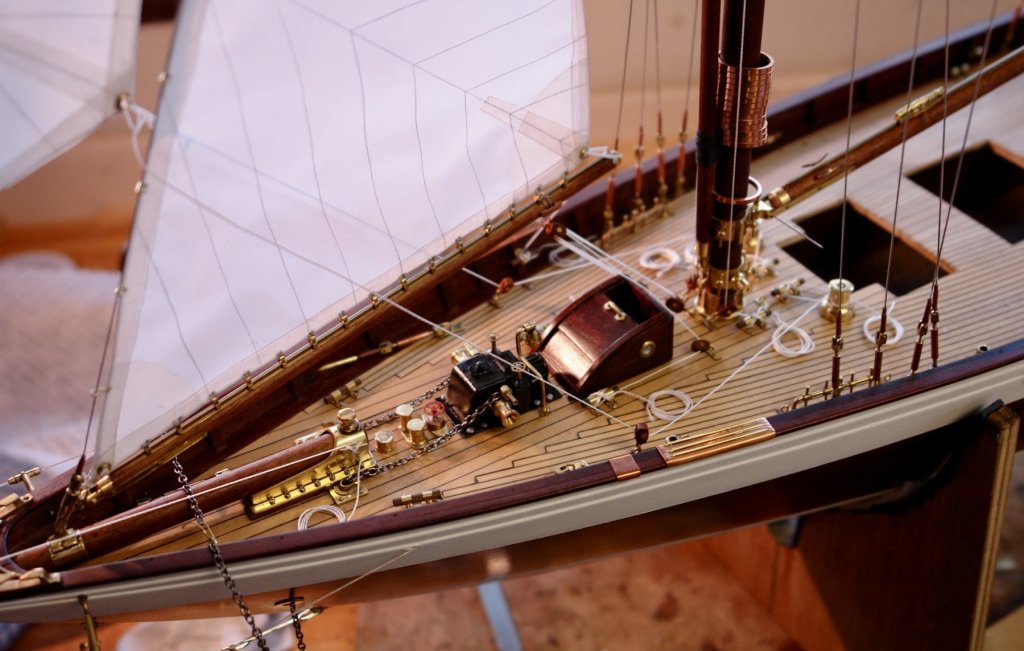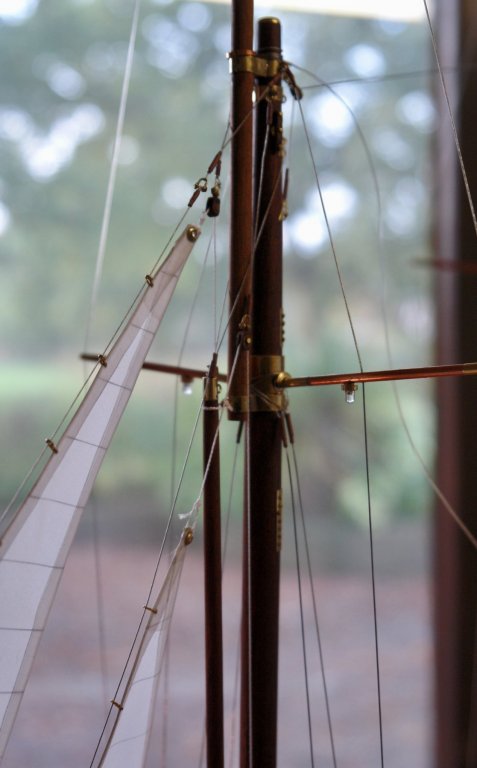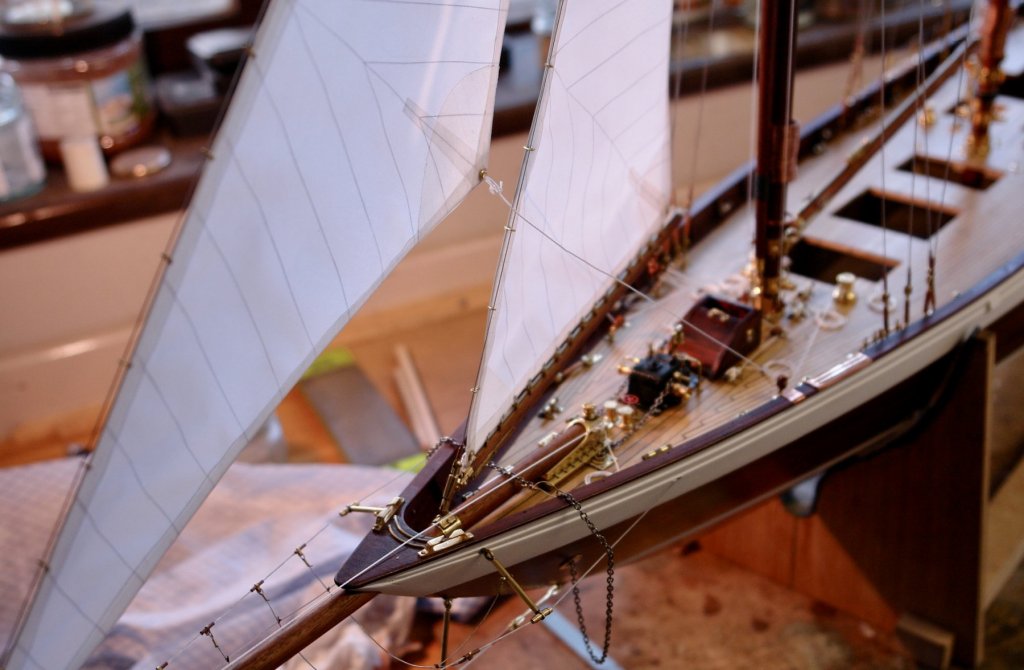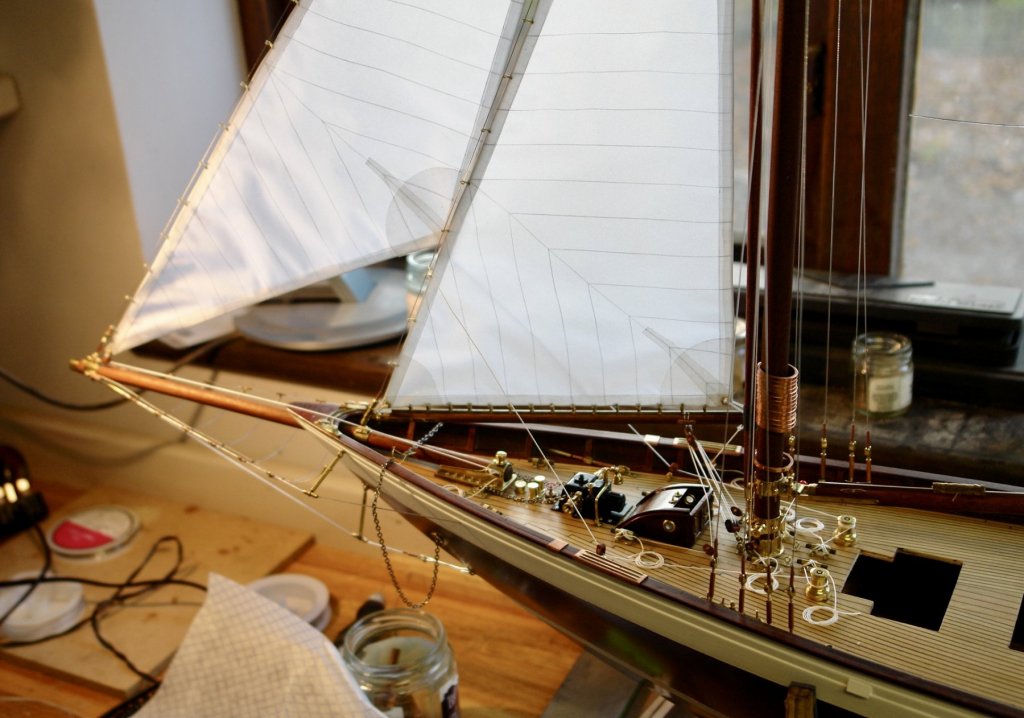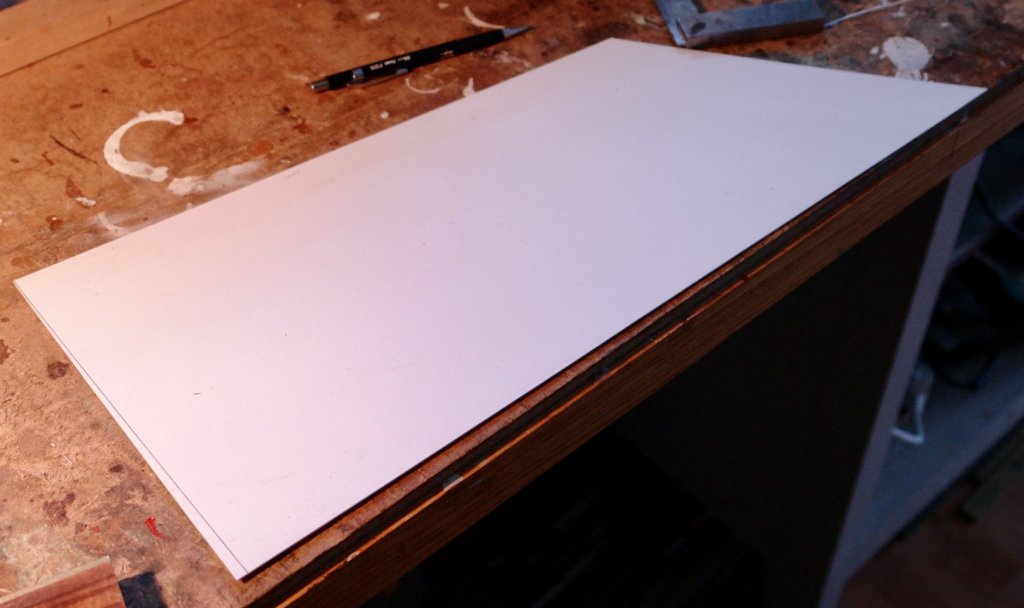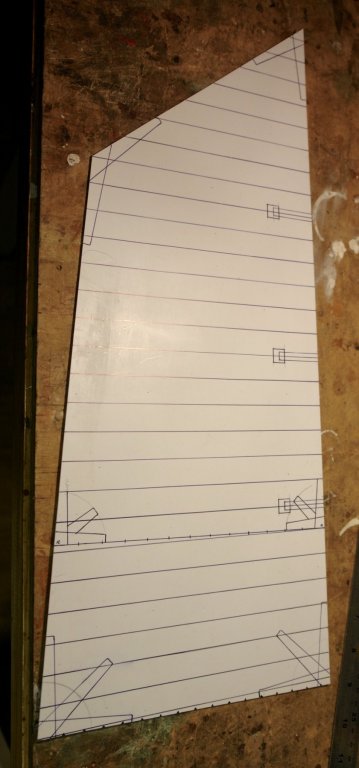-
Posts
3,946 -
Joined
-
Last visited
Content Type
Profiles
Forums
Gallery
Events
Everything posted by KeithAug
-

Saw blades for Byrnes saw
KeithAug replied to mikeaidanh's topic in Modeling tools and Workshop Equipment
Mike this UK supplier has a large range, but again you will need a spacer. I have good experience of this supplier. https://www.chronos.ltd.uk/cgi-bin/sh000001.pl?WD=saw slitting diameter 80mm&PN=Metric_HSS_Slitting_Saws.html#aSS1003 -

Saw blades for Byrnes saw
KeithAug replied to mikeaidanh's topic in Modeling tools and Workshop Equipment
Mike It depends on what type of blade you want. If it's slitting saw blades then I uses this for most of my work - particularly slitting off planks for hull and deck planking. https://www.amazon.co.uk/gp/product/B00AUB66C0/ref=oh_aui_detailpage_o01_s00?ie=UTF8&psc=1 I also have 0.6mm and 1.0mm versions of the same blade - from the same supplier. You can get similar blades with coarser teeth but I find 108 teeth are best for most uses. Bear in mind the shaft on the byrnes saw is 0.5" diameter while these blades have 22mm bores. I made up a spacer (on the lathe) from an off-cut of 25mm aluminium bar. If you are looking for carbide tipped blades then the only source I have found for small kerf (.040") blades is Byrnes Model Machines. If you want any more details of the spacer I am happy to supply. -
Thanks for the story Dan, very interesting. I Sometimes have to remember the scale of this build - just to remind myself how detailed your work is.
- 287 replies
-
- michelangelo
- ocean liner
-
(and 1 more)
Tagged with:
-
Its all going rather well Nils. I enjoyed your untwisting solution. The build is going so quickly i will be soon asking "what next". .
- 692 replies
-
- eagle of algier
- chebec
-
(and 2 more)
Tagged with:
-
Nils / Frank Thank you for visiting and for your supportive comments. After a bit of a layoff I returned to sail making and rigging. The next step was the fore topsail. I took a while to sort out how the various sheets and halyards attached to the deck. The plans had rudimentary sketches of the mast and deck with the lines numbered to cross reference them. This would have been good had some numbers not departed the mast to be lost in the ether while others departed the mast as one line only to arrive twice at the deck. I decided the best bet was to generally follow the plan but make changes to create a sensible arrangement. My starting point however was to make some rigging tools out of 1/8" brass rod and sewing pins and a bit of solder. I am making blocks as I need them. I always seem to be needing a lot more! The fore topmast is triangular cut away at the luff to clear the lower mast The sail was made as previously described with wired edges. The sheets on the topsail are pass through sheaves at the end of the gaff, are led to blocks at the top of the luff, before going through blocks at the deck and on to deck winches. I was reading the Gaff Rig Handbook by Leacher which said this arrangement often blocks caused chafing of the sail. I reinforced the sail with patches behind the pulley (I would have done this if it had been my boat). See photo below. The topsail halyard and some of the other halyards are led to twin double blocks at deck level. Tacking of the topsail must be a real drag as its path is obstructed by a number of standing rigging and other lines. I suspect that it would have been set up correctly on the dominant tack and just allowed to sit inefficiently against the stays on the other. The alternative seems to be re-rigging the sail on every tack which seems to be a bit of a chore. Next I will move on to the flying jib.
-

Please help! What to buy.
KeithAug replied to semorebutts's topic in Metal Work, Soldering and Metal Fittings
My recommendation would be use soft solder where you don’t need significant strength. This would mean 99% of a static display boat fittings. Solder paste is best for fine work. It’s more easy to control where you put it and hence less to clean off once the joint is made. Lead or lead free isn’t a big deal in my experience, I have never found much difference between either. Like Mark my preferred heat source is a small propane torch. The heat is instantaneous and you don’t need to touch the work to apply it. I use the torch for about 90% of my soldering work. I use a soldering iron only where I need to be really precise about where the heat is going, e.g. when making a series of joints in close proximity without the following joint melting the previous one. When the component to be soldered is thin (e.g. photo etched parts) a torch is likely to distort or melt it, in this case a soldering iron is better. A alternative option which is less aggressive than a torch but does not involve touching the work is a hot air soldering gun, many modellers swear by them as the soldering temperature can be adjusted facilitating the use of different melting point solders. I just use the same paste flux that I use for plumbing. It works fine. -
Hello John It was a bit of an informed speculation. A few years ago we sailed into the small port at the north end of the Greek Island of Kea. We moored stern to in the pack of boats which included a couple of very large motor yachts. After mooring my pal and I went for a walk along the quay. As we passed one of the motor yachts our attention was drawn by loud music and flashing lights. The yacht had a huge lounge, closed at the back by large bi-folding doors. These were drawn open revealing within a mega tv screen, bar, disco stage and dance floor. Arranged around the dance floor was an array of armchairs, loungers, and seating pillows. Prostrate on the furniture were several very large and balding Greek men dressed in Bermuda Shorts and shirts. As they smoked their cuban cigars and drank their martini cocktails their guts strained for freedom and were restrained from escape only by the herculean efforts of a few gallant buttons. On the dance floor, seductively swaying to cat strangled wailings of some latter day greek diva, were a group of scantily clad young women who were of varied ethnic and exotic origin. My friend caught my gaze with a knowing smile, but this was immediately dashed by my comment:- "Isn't it nice when grandparents give up their weekends to take their granddaughters on a nice cruise". Thank you for taking the time to follow my build and for your comments.
-
John In my experience the ladies you are talking about are more likely to frequent luxury motor yachts with twin 5000 hp diesels, a sun deck, sauna and swimming pool. More than likely manned by overweight and aging millionaires with fat wallets and a short expectation of remaining life.
-
Hello Dan - thank you for the kind words. The deck openings are for skylights which were made earlier (January). They just slot into the holes and sit well below the foresail boom.
-
Dan, wonderful description of the trials and tribulations of the model shipwrights. I loved the journey (and the result).
- 287 replies
-
- michelangelo
- ocean liner
-
(and 1 more)
Tagged with:
-
Thank you John and welcome back. I spent the last 2 days hoisting the foresail. In total the work on this sail has lasted 8 days with 3 to 4 hours spent working each day. I will try to describe some of the learning points and record what I will do different next time. The first few shots show general views. The main lines are in place but many other are still to be rigged. As I said previously the sail is about .250 short which means the saddle does not sit exactly over the mast rubbing plate. I think I can live with it. I tried to rig the gaff lift in situ but too many other lines got in the way. I took it off and rigged the blocks on the bench. Also in the following shot you can see the head of the sail is a bit full leading to the crease. I think I will be able to pull the crease out with a bit of extra lacing. I will cut the edges in this area back a little when I do the main. a The rigging of the peak halyard was likewise done on the bench. The 5 single blocks being threaded on to a single line before being offered up to the model. To pull the sail flat involved a fair amount of tension and i'm hoping that I don't wake up in the night to the twangs of parting lines or disintegrating blocks. I said in a previous post that the triatic stay was rigged in a way best suited to interfering with the peak halyard blocks. My fears were will founded and in the end I decided to re-rig it to what seems to be a much more sensible arrangement. The triatic is the line immediately above the top block in the photo below. Sewing the mast hoops to the sail in situ was a real pain. In the end I moved a lot of the halliards on to the beam to temporarily get them out of the way. Even then I ended up platting the thread around the wrong side of the stays on more than a handful of occasions. All a bit frustrating. I learned the lesson and so rigged the foresail sheets / blocks on the bench from the outset. A preventer is rigged to hold the sail over to starboard. A few other shots follow. Well thats it for a bit. As a penance for such an intensive period in the workshop I have to suffer visits to the extended family. So no more building for a week or so.
-
Hi Nils The barrels look very good. How were they made?
- 692 replies
-
- eagle of algier
- chebec
-
(and 2 more)
Tagged with:
-
Hello Mike Adding photos should be quite easy. As you type your message at the bottom left hand side of the dialogue box is a paper clip and the words “click to choose files”. Click here and it will allow you to select the files on your computer which contain the images you want to post. Once selected they will upload and by clicking on them they can be imported into the dialogue box.
-
I continue to make the foresail. I'm not keeping an accurate track on time but my estimate is currently between 12 and 15 hours. I have offered it up to the mast and its about 1/4 inch short of what would be an ideal length. Given the amount of time invested I am prepared to live with the discrepancy Anyway to continue:- I put the buntlines on - threaded through the sail. I glued a small bore tube over the line and chamfered the leading edge at 45 degrees to make the threading easier - see photo. I then laced the head of the sail to the gaff. The sliders were sewn to the foot of the sail and then the sliders were gently slipped on to the boom track. I had thought I would get away without inserting battens but decided the leech would hold its shape better with them fitted. I made them from .025" brass wire inserted under rip stop tape. I then went about forming the various attachment points. The strop and the triple block for the gaff lift was made. I fitted the barrel beads - fixed at one end with the other end open for fitting to the mast. The beads are .100" diameter with a .04" hole. The double block for the gaff lift was also made and attached. Another triple block was wired on to the end of the boom to take the boom sheets. Gaff span strops were made and mounted. The single blocks were made for the peak halliard and the boom sheets 7 in all. Thats all for now.
-

Metal work resourcnes
KeithAug replied to Kurt Johnson's topic in Metal Work, Soldering and Metal Fittings
Kurt You might try “Model Engineering - A Foundation Course” - Author Peter Wright. I use it often as my reference book.https://www.amazon.co.uk/Model-Engineering-Foundation-Peter-Wright/dp/1854861522 -
Bedford, How about could do better. When I look at what others have done it sometimes feels like this. Being a bit dissatisfied is maybe not such a bad thing. John, thank you. It is however coming up to its second anniversary and I still think I have 6 months work left. I am resisting the urge to rush and spoil something. I'm looking forward to more of your sea stories. Mark, thank you for your support. Your dedication to the forum is much appreciated by many of us. Mike, thank you for looking in and commenting. Also thank you to all who have visited. I have continued with the foresail. Its taken about 7 hours so far and I am praying that it fits well. While still on the template I attached reinforcing details at the corners and for the reefing lines. I also picked out the detail of the sail battens. I then attached the edge strips with the embedded stainless steel wire. Finally the eyes were added. It is however still not finished as I have to attach the reefing lines, sliders, boom and gaff. Sewing the mast hoops on while they are on the mast is a worry for the future.
-
Finally I got back to the workshop and hoisted the jib. I have invested in a set of sewing needles to make into rigging tools. Unfortunately they are in the post. I am hoping they will improve my productivity. I have started to make the foresail. The pattern is complete and I'm hoping the size will be right. It is difficult to measure the exact size as allowance has to be made for mast hoops, sliders etc. I half expect that I will be making this sail twice in order to get it right.
-
Nils Looking good and such quick progress. A very happy birthday to you.
- 692 replies
-
- eagle of algier
- chebec
-
(and 2 more)
Tagged with:
About us
Modelshipworld - Advancing Ship Modeling through Research
SSL Secured
Your security is important for us so this Website is SSL-Secured
NRG Mailing Address
Nautical Research Guild
237 South Lincoln Street
Westmont IL, 60559-1917
Model Ship World ® and the MSW logo are Registered Trademarks, and belong to the Nautical Research Guild (United States Patent and Trademark Office: No. 6,929,264 & No. 6,929,274, registered Dec. 20, 2022)
Helpful Links
About the NRG
If you enjoy building ship models that are historically accurate as well as beautiful, then The Nautical Research Guild (NRG) is just right for you.
The Guild is a non-profit educational organization whose mission is to “Advance Ship Modeling Through Research”. We provide support to our members in their efforts to raise the quality of their model ships.
The Nautical Research Guild has published our world-renowned quarterly magazine, The Nautical Research Journal, since 1955. The pages of the Journal are full of articles by accomplished ship modelers who show you how they create those exquisite details on their models, and by maritime historians who show you the correct details to build. The Journal is available in both print and digital editions. Go to the NRG web site (www.thenrg.org) to download a complimentary digital copy of the Journal. The NRG also publishes plan sets, books and compilations of back issues of the Journal and the former Ships in Scale and Model Ship Builder magazines.




